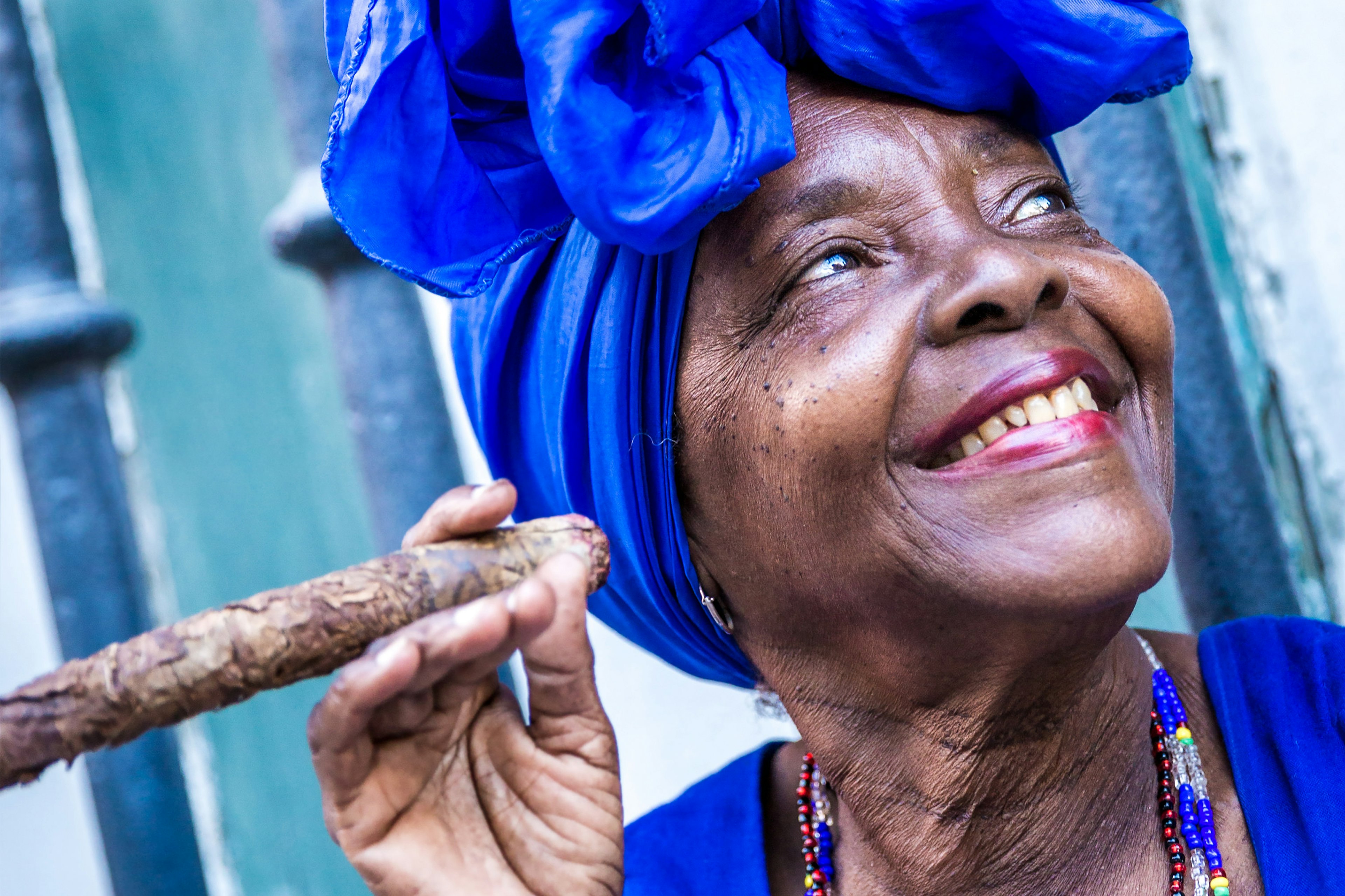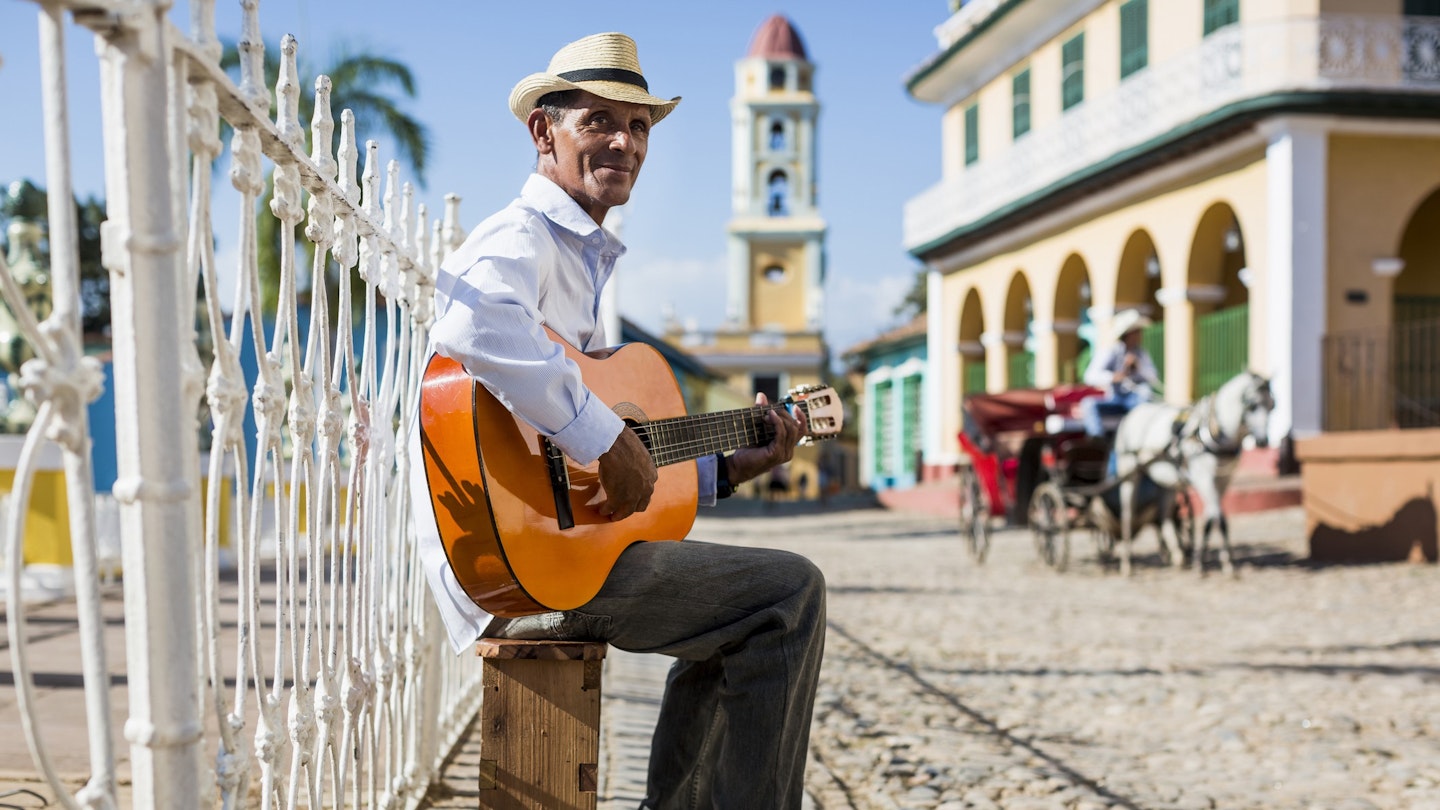Essential Tips for Traveling to Cuba
For first-time travelers, Cuba can appear as a perplexing jigsaw puzzle, especially if you’re venturing beyond resorts and exploring independently. The fast-paced Spanish, dual street names, and intricate monetary system can be daunting. Nevertheless, the rich experiences Cuba offers make it worthwhile to prepare adequately before your journey.
1. Double-check Your Insurance
Having medical insurance is necessary for visiting Cuba. Ensure you carry either a digital or printed proof of your policy, as random checks occur at the airport. If you arrive without valid insurance, you will be compelled to purchase a Cuban policy for around US$30 at the airport.
2. Prepare Your Passenger Information Ahead of Time
Travelers to Cuba must fill out an online form known as D’Viajeros to submit immigration and health details. Make sure to complete this form digitally up to 72 hours before your arrival.

3. Tourist Cards Are a Must
To enter Cuba, you must present a completed tourist card, which is typically available through your airline during booking. Alternatively, you may acquire one from a Cuban travel agency, with costs ranging from US$50 to US$85. Note that citizens from certain African and Asian countries may require a formal visa to enter Cuba.
4. Navigating Currency in Cuba
The monetary situation in Cuba can be quite perplexing. Since the abolishment of convertible pesos (CUC) in January 2021, the economy has experienced significant inflation. The official currency is the Cuban peso (CUP), yet foreign currencies, especially euros, are often preferred, particularly by private businesses.
When dining at private restaurants, expect menu prices to reflect black market rates, meaning meals can be expensive if you pay with pesos bought from a Cuban bank. Ensure to ask about accepted currencies and their applicable exchange rates before settling the bill.
5. Understanding MLC Currency
MLC (Moneda Libremente Convertible) is a currency approved by the Cuban government, typically used for purchasing goods in specific stores. MLC doesn’t exist in cash form and is largely utilized by locals with special magnetic cards. Tourists should focus on more common currencies for everyday transactions.
6. Credit Card Limitations
Although credit cards are becoming more common in Cuba, those linked to U.S. banks are not accepted. Most private businesses do not have credit card facilities, so it is advisable to carry sufficient cash for your expenses.

7. Dress Code in Cuba
Cuban dress is quite casual. Therefore, you can leave behind formal attire. However, in cinemas, theaters, and nightclubs, men should wear long trousers and short or long-sleeved shirts.
8. Adapting to Cuban Spanish
If you speak Spanish, you’ll notice a casual use of the informal tú form in conversations. For polite interactions, it’s best to use titles such as señor or señora with acquaintances until you establish familiarity.
9. The Dual Name System for Streets
In many Cuban cities, streets have two names; a modern name used officially and a traditional name widely recognized by locals. This can cause confusion, especially when locals provide directions. Always verify street names and consider asking for both versions.
10. Queueing Culture in Cuba
Cubans have developed a unique method of managing queues—when arriving at a location, you simply call out, “¿Quién es último?” (Who’s last?) to gauge your position. This practice allows for more leisurely wait times.
11. Repeated Inquiries Are Key
Given the extent of bureaucracy, it’s essential to ask multiple sources for clarity, as responses can sometimes be misleading or inconsistent. Engaging different people ensures you receive accurate information for your needs.
12. Dress for Comfort on Buses
The state-run bus service, Víazul, connects major cities and is an integral part of travel across Cuba. Given the air conditioning can be quite chilly, bringing a sweater or jacket is advisable for long journeys.

13. Safety in Cuba
Cuba is among the safest nations in the Americas when considering violent crime rates. Although pickpocketing can occur, you can avoid these situations with basic precautions such as wearing a money belt and safely storing valuables.
14. Attention for Solo Female Travelers
Women traveling alone may attract some unwanted attention. While the interactions can be friendly, they may sometimes cross personal boundaries. Knowing key Spanish phrases that express disinterest can be beneficial in these situations.
15. Avoid Currency Scams
Never exchange money with unlicensed street vendors, as this poses a risk of receiving forged currency notes, or estafas.
16. Bring Necessary Medications
While Cuba has a capable health system, it often faces shortages in pharmaceuticals. Pack an ample supply of medications you may need during your stay, along with common over-the-counter items like ibuprofen or paracetamol.

17. Purchasing Authentic Cigars
Beware of street vendors (emphasized by local jineteros) who may offer cheap cigars. It’s best to buy cigars from authorized retailers like the Casa del Habano to ensure quality and authenticity.
18. Driving in Cuba
While driving in Cuba may seem simple due to low traffic, factors such as elevated rental costs, limited car availability, poor signage, and various roadside obstacles can complicate your travels. Opting for public transportation or a local driver may be a better choice.
19. Essential Toiletries
Always carry your own toilet paper and sanitary products, as such items can be scarce in many locations. Pack these essentials to avoid inconveniences during your travels.
20. Drinking Water Safety
While tap water is generally safe, it may cause mild stomach discomfort. Conveniently, bottled water is readily available. Alternatively, consider bringing a filter bottle or purification tablets for reliability.




